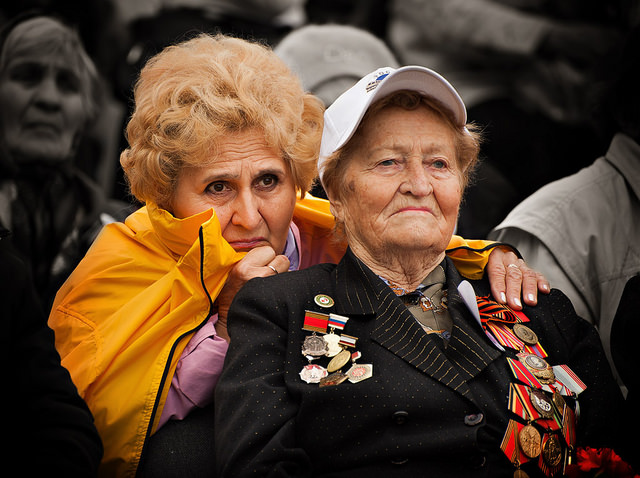Patricia Kime reports for Kaiser Health News on foster homes for older veterans. At these private homes, licensed caregivers attend to their needs and often treat them like family. These private homes are part of an effort of the Veteran’s Administration to move vets out of long-term nursing home care.
The Medical Foster Home program is a VA initiative designed to improve the quality of life for vets with physical or mental disabilities. It moves these vets out of nursing homes and into private homes. It offers them the opportunity to live in the community. It provides a private or semi-private room and board, 24-hour one-on-one attention and personal care. It also gives vets some flexibility in their daily activities.
Vets in the program must use the VA’s Home-Based Primary Care Program. One Brookings study showed that the care Vets receive in these homes is not only less expensive than nursing home care but far better. They have significantly fewer hospital admissions and shorter hospital stays when they are admitted.
Today, 1,000 veterans in 42 states avail themselves of this program. They must be diagnosed with a serious chronic disabling condition that requires a high level of care, including care coordination and access to VA services. Given the amount of care these vets need, the average $2,300 monthly cost to veterans is low relative to most home care environments. Costs range from $1,500 to $3,000 a month for room and board, depending on location. The government subsidizes the cost of care and still saves about $10,000 a month on what it would have spent on nursing home care.
The VA would like to increase the size of the program. But, a licensed caregiver can care for no more than three veterans. And, the VA has strict requirements for homes and caregivers, which slows its growth. For example, each foster home must be licensed by the state as an assisted living facility and must agree to VA and state inspections, as well as inspections by nutritionists, pharmacists and nurses.
Licensed caregivers must pass a background check and complete 80 hours of training. They must take another 20 hours of training annually. They must also permit the VA to make unscheduled home visits. They must be certified in first aid, CPR and administration of medications.
Today there are some 120 Veterans Administration facilities and 700 licensed caregivers participating in the program.
__________________________
Now available: The Ten Should-Do’s for Your Health, Purse and Peace of Mind, Chapter One of Aging, Schmaging, by Diane Archer. For a $5 contribution, you can help yourself and the people you love; you can also help support Just Care.
Here’s more from Just Care:










